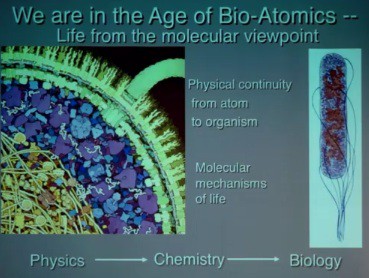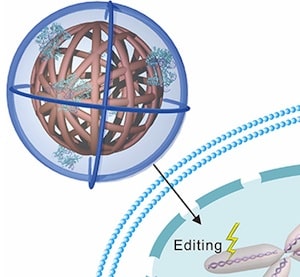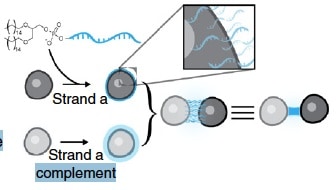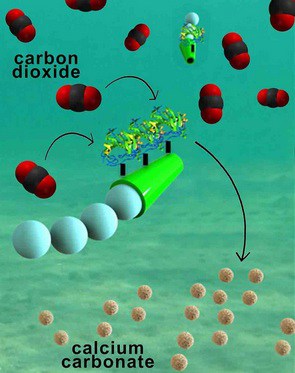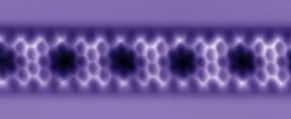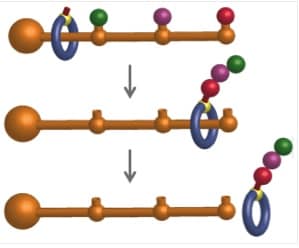A free to read online edition of the classic 3-volume physics text developed from Richard Feynman’s legendary Cal Tech physics lectures, specially designed for online reading, has been made available by the California Institute of Technology and the Feynman Lectures Website.
Free online edition of The Feynman Lectures on Physics

